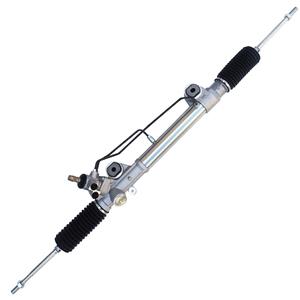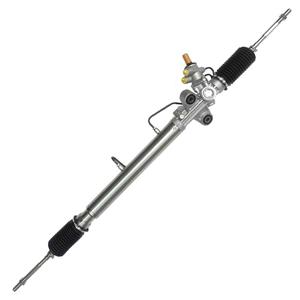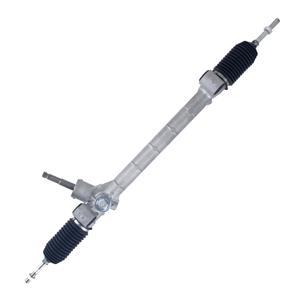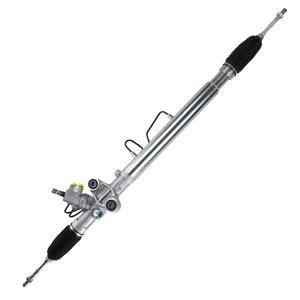Which type of gear is better in the rack and pinion system?
As a common mechanical transmission device, the rack and pinion system is widely used in automobiles, mechanical equipment and various industrial fields. Its core function is to convert rotational motion into linear motion, or vice versa, to transmit power or change the direction of motion. Gears and racks are the main components of the rack and pinion system. Their design and selection have a vital impact on the efficiency, stability and life of the system. So, which type of gear is better in the rack and pinion system?
This article will explore this issue in depth from multiple angles such as the classification, design characteristics and applicable occasions of the rack and pinion system to help everyone better understand the advantages and disadvantages of different types of gears.
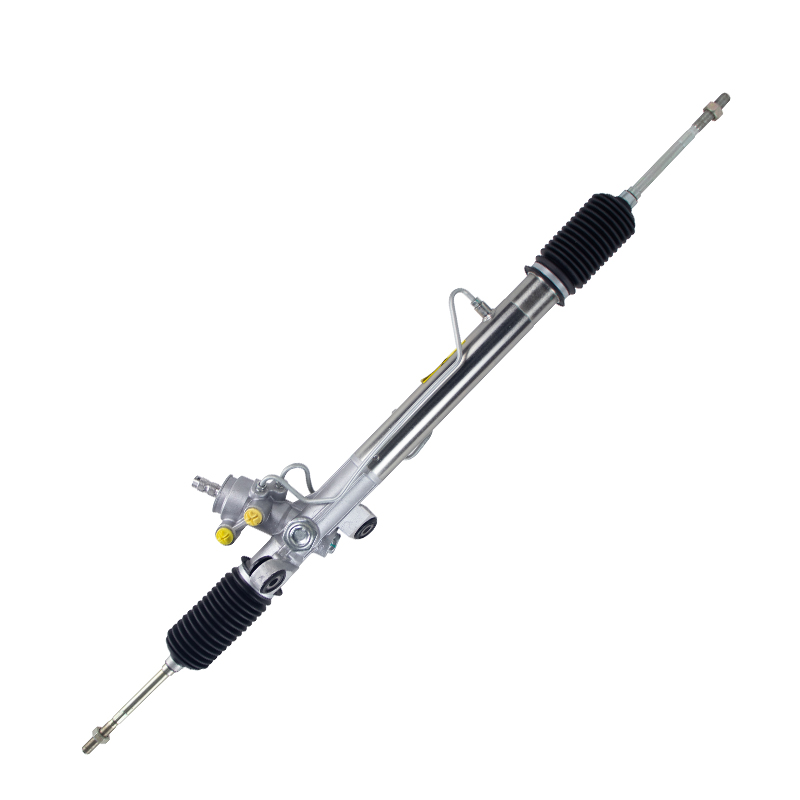
What is the basic structure and function of the rack and pinion system?
● The rack and pinion system consists of two main components: racks and gears. A rack is a gear with a linear tooth shape that can mesh with a gear to convert rotational motion into linear motion, or vice versa. A gear is a common circular gear that transmits motion by meshing with a rack.
In practical applications, rack and pinion systems are widely used in automotive power steering systems, transmission devices, automation equipment and other mechanical devices. The main function of the rack and pinion system is to provide smooth and efficient power transmission, especially in situations where the power direction needs to be changed or the mechanical output needs to be increased. Due to its simple structure and high transmission efficiency, the rack and pinion system has become an indispensable part of various mechanical devices.
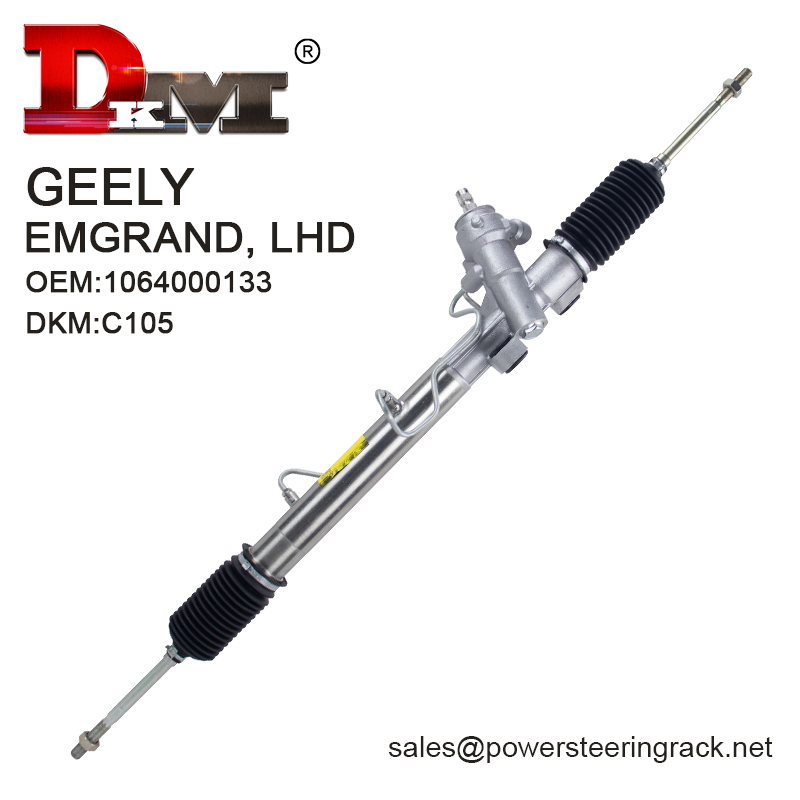
What are the classifications of gears?
In order to choose the right type of gear, we first need to understand the different classifications of gears and the characteristics of each type. Gears can be classified in many ways according to different standards, mainly including classification by meshing method, tooth surface shape, manufacturing process and other different standards. The following are several common types of gears.
1. Spur Gear
Spur gears are the most common type of gears, with a straight tooth shape and a tooth surface parallel to the rotation axis of the gear. Spur gears are mainly used to transmit power between parallel axes. In a rack and pinion system, spur gears usually mesh with racks to convert rotational motion into linear motion. The advantages of spur gears are simple structure, low manufacturing cost and high transmission efficiency, but they also have certain disadvantages, mainly manifested in high working noise and relatively weak load-bearing capacity.
Characteristics of spur gears:
● Advantages: simple structure, low cost, easy to manufacture, high transmission efficiency.
● Disadvantages: large noise during meshing, poor load-bearing capacity, weak ability to adapt to high-speed and high-load conditions.
2. Helical Gears
Helical gears are gears whose tooth surfaces are at a certain angle to the gear shaft. Compared with spur gears, helical gears can provide smoother transmission. In the gear rack system, the contact between the tooth surfaces is oblique, and the meshing process is smoother, so the noise is relatively low. Helical gears are usually used in high-load, low-speed or high-speed operation occasions, especially for systems requiring high mechanical precision and stability.
Characteristics of helical gears:
● Advantages: smooth transmission, low noise, strong load-bearing capacity, suitable for high-speed or high-load conditions.
● Disadvantages: complex manufacturing, high cost, slightly lower efficiency than spur gears.
3. Spiral Gear
In the rack and pinion system, the spiral gear is a special variant of the helical gear, with a spiral tooth shape and a more complex meshing surface of the gear. Spiral gears can transmit power in different directions, so they are very useful in situations where the transmission direction needs to be changed. Spiral gears are often used in some mechanical transmissions with high precision requirements, such as aerospace, precision instruments and other fields.
Characteristics of spiral gears:
● Advantages: better meshing performance, smoother transmission, low noise, and strong load-bearing capacity.
● Disadvantages: more complex manufacturing and higher cost.
4. Bevel Gear
Bevel gears are a type of gear with a bevel shape, usually used in situations where the transmission direction needs to be changed. In the rack and pinion system, the tooth surface of the bevel gear is conical, and the meshing between the gear and the rack usually presents a certain angle. Bevel gears are widely used in the drive system of automobiles, especially the differential part of automobiles. Bevel gears have good direction conversion capabilities when transmitting power, so they are suitable for complex mechanical devices that need to change the direction of power.
Characteristics of bevel gears:
● Advantages: can change the transmission direction, suitable for complex power systems.
● Disadvantages: difficult to process, complex structure, high cost.
5. Bevel gears (Hypoid Gear)
Bevel gears are similar to bevel gears and are also used to change the direction of power transmission, but their tooth surface shapes are different. The tooth surface is flatter, which can provide a larger contact area during meshing, so they can carry a larger load. In the gear rack system, bevel gears are usually used in transmission systems that require high torque, such as the rear axle drive system of a car.
Characteristics of bevel gears:
● Advantages: strong load-bearing capacity, smooth transmission, suitable for high load and high torque conditions.
● Disadvantages: high manufacturing precision requirements and high cost.
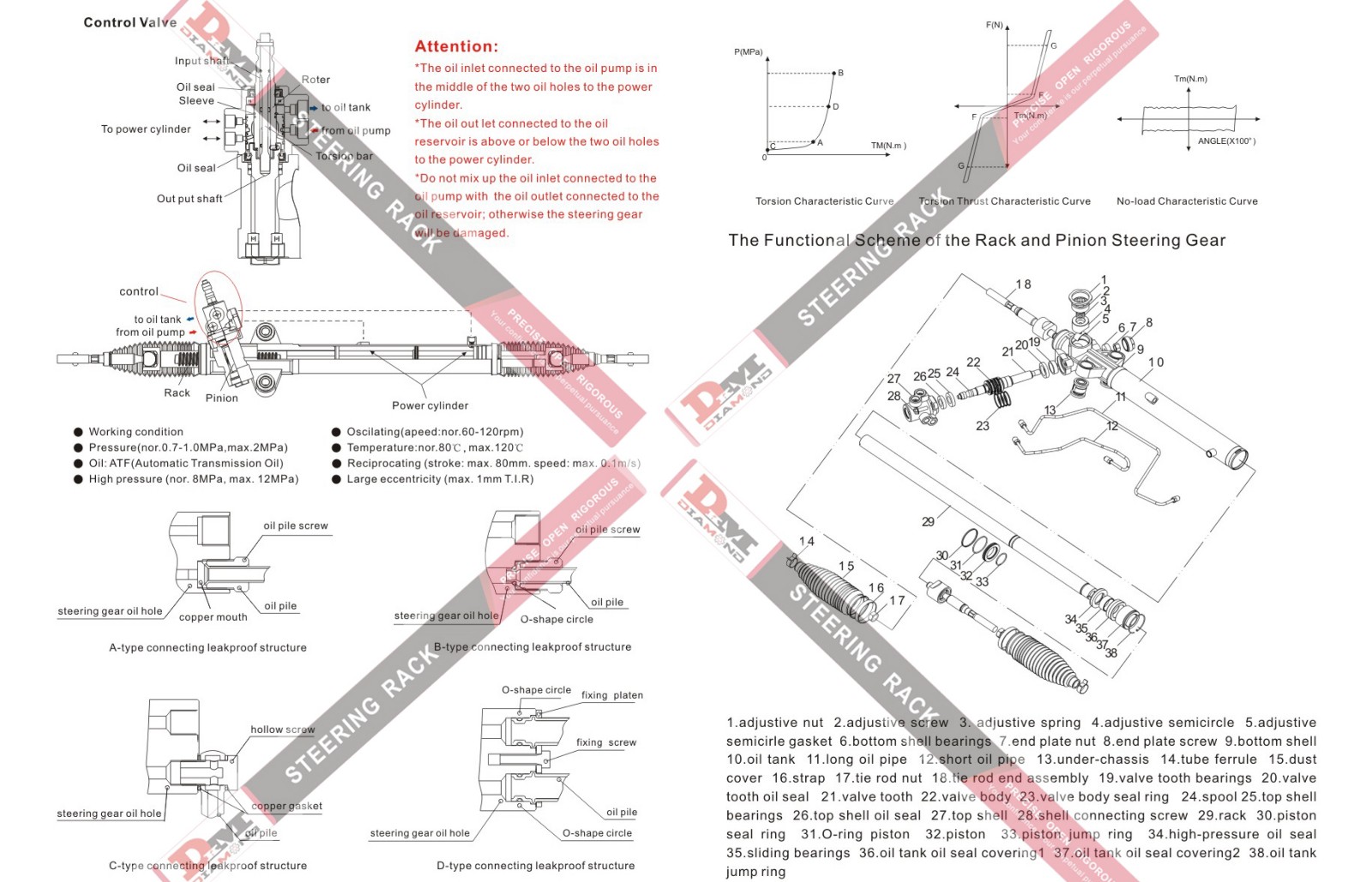
Which type of gear is better?
Different types of gears have different advantages and applicable occasions, so no gear can be generally considered the "best". The key is to choose the right type of gear according to the needs of the actual application. When choosing gears, the following factors need to be considered:
1. Transmission efficiency and load-bearing capacity
The load-bearing capacity and transmission efficiency of gears are particularly important if they are under high-speed and high-load conditions. In this case, helical gears and spiral gears tend to perform better because they have strong load-bearing capacity and smooth transmission performance, while spur gears may not meet this demand.
2. Noise and vibration control
In situations where there are strict requirements on noise and vibration (such as precision equipment or power steering systems in high-end cars), helical gears and spiral gears are usually more suitable. Due to the special design of their tooth shape, they can reduce noise and vibration during meshing, thereby providing a more comfortable use experience.
3. Manufacturing and maintenance costs
Spur gears are relatively simple to manufacture and low in cost, so they are the first choice in some cost-sensitive applications. For some more demanding applications, such as high-precision machinery, aerospace, etc., spiral gears or bevel gears may be more suitable, although their manufacturing and maintenance costs are higher.
4. Space and design requirements
Some applications have space constraints, so designers may choose gears that are smaller and more compact. For example, bevel gears and bevel gears are suitable for complex transmission systems because of their special structure, which can achieve power transmission in a limited space.
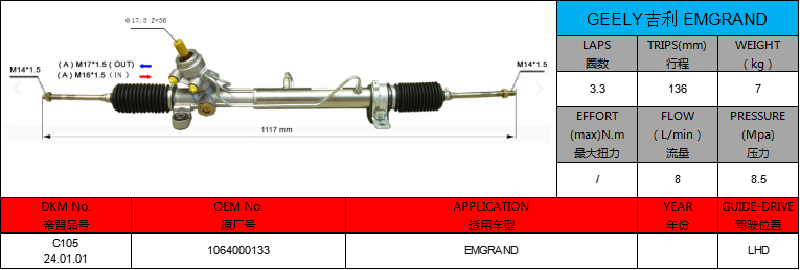
DKM Company, part of Guangdong Diamond Auto Parts Co., Ltd., has been delivering high-quality power steering racks for nearly three decades. Based in Foshan, China, we are proud to supply hydraulic and gear-and-rack steering systems for global automotive brands, including Toyota, Honda, Mitsubishi, and Hyundai. Our facility, spanning 20,000 square meters, is equipped with advanced machinery and automated production lines, ensuring consistent quality and cost-efficiency. We export to the USA, Europe, Southeast Asia, and beyond, providing factory-direct pricing and customized manufacturing solutions. Explore our wholesale discounts, promotional offers, and reliable supply chain by contacting us today!
